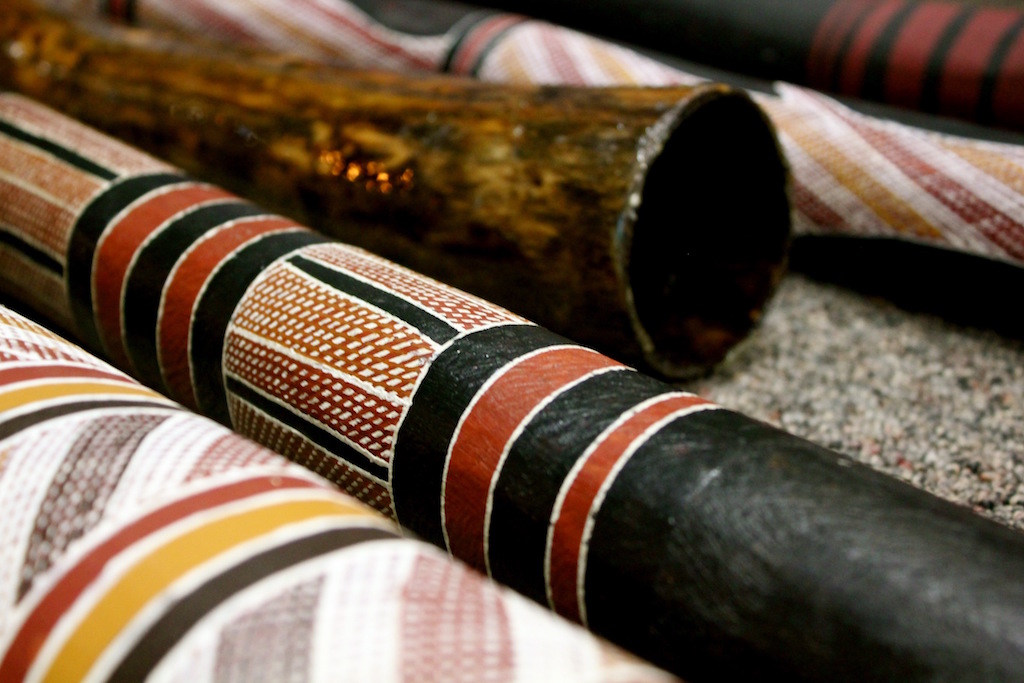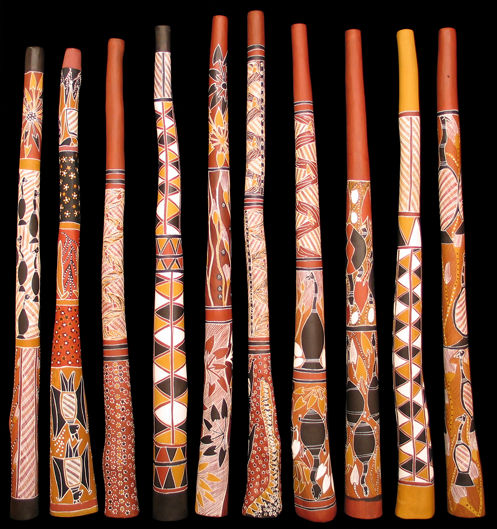From Didgeridoos to the Didjeridu: A Journey Through Australia’s Unique Musical Instruments
From Didgeridoos to the Didjeridu: A Journey Through Australia’s Unique Musical Instruments

Australia, a land of vast landscapes and diverse wildlife, has a rich musical heritage that reflects its unique cultural identity. While the iconic didgeridoo immediately springs to mind, Australia boasts a vibrant array of instruments, both traditional and contemporary, that tell stories of its history, people, and environment. This journey delves into the fascinating world of Australian musical instruments, exploring their origins, construction, and the sounds they produce.
The Didgeridoo: A Voice from the Outback
Related Articles: From Didgeridoos to the Didjeridu: A Journey Through Australia’s Unique Musical Instruments
- Embracing The Beauty And Versatility Of Western Australia’s Native Softwood Trees
- The Linguistic Landscape Of Australia: A Journey Through Diversity And Evolution
- Woven Into The Fabric Of Life: Understanding Indigenous Peoples’ Relationship With The Land
- Are There Any Aboriginal Tribes Left? Understanding Indigenous Resilience And Diversity
- The Didgeridoo: A Deep Dive Into Australia’s Iconic Instrument
The didgeridoo, arguably Australia’s most famous instrument, is a long, wooden trumpet, traditionally made from a hollowed-out eucalyptus log. Its origins can be traced back thousands of years to Indigenous Australians, who used it for ceremonial purposes, communication, and even as a hunting tool. The didgeridoo’s unique sound, produced by circular breathing techniques, evokes the vastness of the Australian outback, its haunting drone resonating with the spirit of the land.
Beyond the Didgeridoo: Exploring Indigenous Instruments
While the didgeridoo is a symbol of Indigenous Australian music, a diverse range of instruments exist within their rich musical tradition. These instruments, often made from natural materials, reflect the ingenuity and connection to nature that defines Indigenous culture.
-
The Clapsticks: Made from two pieces of wood, clapsticks are simple yet powerful instruments, used for rhythm and percussion. Their sharp, percussive sound adds energy and excitement to traditional ceremonies and dances.

The Bullroarer: A flat piece of wood attached to a string, the bullroarer creates a distinctive, buzzing sound when swung through the air. Used for ceremonial purposes and communication, the bullroarer’s loud, resonating sound carries across vast distances, echoing the spirit of the land.
-
The Kulli: A type of wooden flute, the kulli is traditionally made from eucalyptus wood and features multiple holes for playing different notes. Its melodic sound is used in ceremonies, storytelling, and social gatherings, adding depth and beauty to Indigenous musical expressions.
-
The Yidaki (Didgeridoo): While the didgeridoo is often referred to as the "didjeridu," its traditional name, "yidaki," reflects the instrument’s deep cultural significance. Each yidaki is unique, crafted from a specific eucalyptus tree and reflecting the identity of its maker.

Beyond Indigenous Instruments: A Symphony of Sound

While Indigenous instruments hold a prominent place in Australia’s musical landscape, the country’s musical heritage is also shaped by influences from other cultures. This fusion has resulted in a diverse array of instruments, reflecting the nation’s multicultural tapestry.
-
The Banjo: Introduced by European settlers, the banjo quickly became a staple instrument in Australian folk music. Its twanging sound, often paired with the didgeridoo, creates a unique blend of traditional and contemporary influences.
-
The Acoustic Guitar: A versatile instrument, the acoustic guitar has found a prominent place in Australian music, from folk and blues to rock and pop. Its warm, resonant tone adds depth and richness to various musical genres.
-
The Electric Guitar: The electric guitar, with its amplified sound, has played a significant role in the evolution of Australian rock and roll. Its powerful, dynamic sound has become synonymous with Australian rock music, from the iconic AC/DC to contemporary indie bands.
-
The Bass Guitar: Providing the rhythmic foundation for many musical genres, the bass guitar is an integral part of Australian music. Its deep, powerful sound complements the other instruments, creating a cohesive musical tapestry.
The Instruments of Modern Australia
Contemporary Australian music continues to evolve, with innovative musicians pushing the boundaries of traditional genres and incorporating new instruments and technologies. This fusion of tradition and innovation has resulted in a vibrant and diverse musical landscape.
-
The Synthesizer: This electronic instrument, capable of producing a wide range of sounds, has become an essential tool for contemporary Australian musicians. Its versatility allows for experimentation and exploration, adding a modern touch to traditional genres.
-
The Sampler: This digital instrument allows musicians to record and manipulate sounds, creating unique and experimental soundscapes. Its ability to sample and layer different sounds pushes the boundaries of traditional instrumentation.
-
The Drum Machine: A staple in electronic music, the drum machine provides a rhythmic foundation for contemporary Australian artists. Its ability to create complex rhythms and patterns adds a modern edge to various musical genres.
The Power of Music: Connecting Cultures and Communities
The diverse array of instruments found in Australia reflects the country’s rich cultural heritage and the power of music to connect people from different backgrounds. From the ancient traditions of Indigenous music to the modern innovations of contemporary artists, Australian music continues to evolve and inspire, reflecting the nation’s unique identity and spirit.
FAQ: Instruments from Australia
Q: What is the most famous instrument from Australia?
A: The didgeridoo, a traditional Indigenous instrument, is arguably Australia’s most famous musical instrument.
Q: What are some other traditional Indigenous instruments?
A: Other traditional Indigenous instruments include the clapsticks, bullroarer, kulli, and yidaki (didgeridoo).
Q: What instruments have been introduced to Australia by European settlers?
A: Instruments like the banjo, acoustic guitar, and electric guitar were introduced to Australia by European settlers and have become integral to Australian music.
Q: What are some modern instruments used in contemporary Australian music?
A: Contemporary Australian musicians use instruments like synthesizers, samplers, and drum machines to create innovative and experimental music.
Q: How does music connect different cultures in Australia?
A: Music plays a crucial role in connecting different cultures in Australia, fostering understanding and appreciation for diverse musical traditions.

Closure
Thus, we hope this article has provided valuable insights into From Didgeridoos to the Didjeridu: A Journey Through Australia’s Unique Musical Instruments. We thank you for taking the time to read this article. See you in our next article!